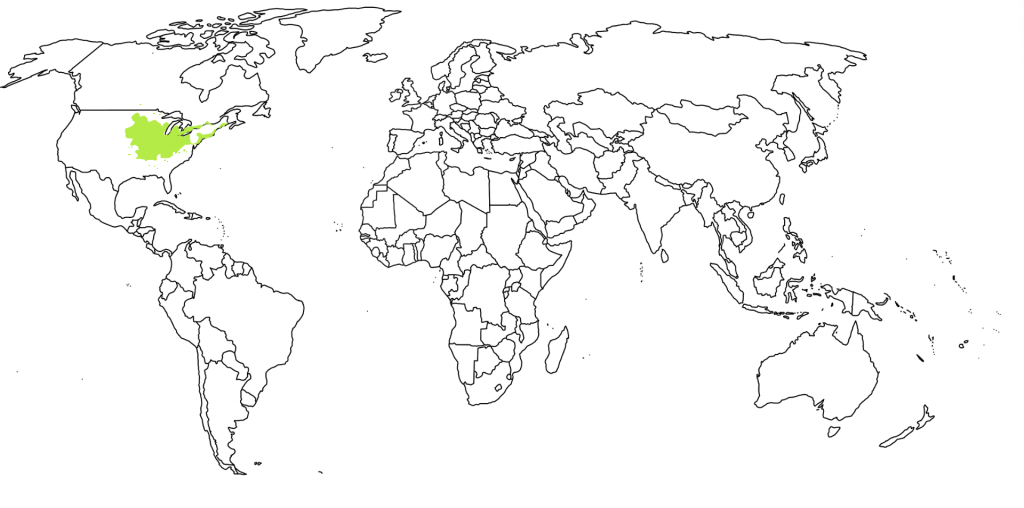Common Hackberry
Arbor Walk #8, Treekeeper ID #6122

The Common Hackberry is a tree with a versatile suite of benefits. Not only is it a favorite of birds for its berries or insects for host habitat, but it is remarkably adaptive to a wide range of environments. This native tree performs well in urban conditions and is easily identified by its distinctive corky bark. Its close relative, the Sugarberry, has similar bark and is also a Missouri native–identification information between the two can be difficult and is listed below.


GPS Coordinates
N/A
Percent Concrete
N/A
Distance to Buildings
| Year | Close Building #1 | Close Building #2 | Close Building #3 |
|---|---|---|---|
| 2020 | Wrighton Hall, 15.36 m | Louderman Hall, 31.75 m | McMillan Hall, 36.82 m |
Distance to Other Species
| Year | Close Species #1 | Close Species # 2 | Close Species # 3 |
|---|---|---|---|
| 2020 | Yoshino Cherry, 6.75 m | Chinkapin Oak, 9.64 m | Yoshino Cherry, 13.04 m |
Standard Measurements
| Year | Height (m) | DBH (cm) | Crown Diameter N-S (m) | Crown Diameter E-W (m) | Average Crown Diameter (m) |
|---|---|---|---|---|---|
| 2020 | 10.35 | 21.20 | 10.34 | 7.84 | 9.09 |
| 2023 | 11.05 | 20 | 10.2 | 13.2 | 11.7 |
| 2024 | 12.64 | 25.5 | 11.08 | 13.03 | 12.06 |
Nests and Pests
| Year | Description |
|---|---|
| 2020 | Mantis ootheca Old pruning scar with patches of dark fungal/algal growth on the inside Grey and green lichen Dried berries (or galls?) retained on branches |
Leaf Identification
The leaves of the Common Hackberry are ovate shaped with serrated margins, and the venation is pinnate. Typically about 2″ to 5″ long, the leaves have an acuminate tip and an uneven base. Th leaves are also very thin, and can be pubescent. They are usually a light green color but turn yellow in the fall.
Twig and Bud Identification
The twig of the Common Hackberry is typically zig zag, reddish-brown, and have lighter lenticels (pores). The buds tend to be appressed, triangular, and tan. It lacks a true terminal bud, but it does have a pseudoterminal bud (last bud has a leaf scar, meaning it is not a “new” terminal bud). The pith (interior of twig) is chambered at the nodes.
Bark Identification
The Common Hackberry has distintive corky bark. These “corks” have been described in many ways including pancake stacks and a cell’s endoplasmic reticulum, but every tree lover has their own comparison to remember these lovable plant and other relatives. Older trees usually form corky ridges and furrows.
Fruit Identification
The fruit of the Common Hackberry are round drupes that each contain one seed. It is green then orangish-red but matures to dark purple in fall. They are edible.
Flower Identification
The Common Hackberry’s flowers are very small. Usually only about 1/8″ long. They are light green and are produced on stalks at the leaf axils. They can produce perfect flowers, but if not, male flowers are in clusters while female flowers are solitary. The flowers in early-mid spring.
[photo forthcoming]










